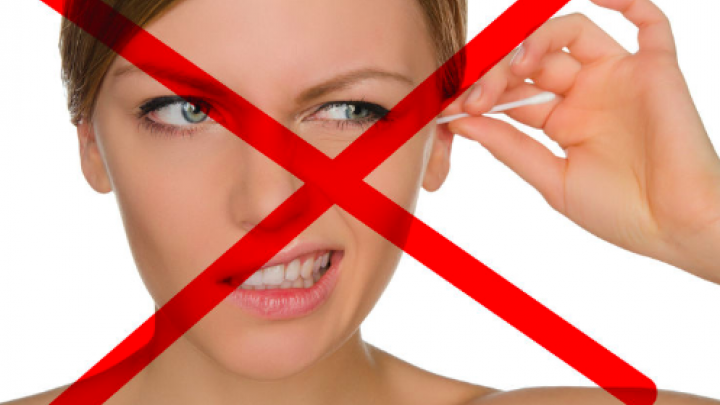(RxWiki News) Listen up — the guidelines on how to treat earwax problems have been updated. Here's what you need to know.
What shouldn't you do when it comes to caring for your ears? Based on the updated guidelines, health experts advised against the following:
- Overcleaning your ears. Excessive cleaning may irritate your ear canal and can actually cause an infection and lead to the buildup of earwax that can block the ear.
- Placing anything smaller than your elbow in your ear. That includes cotton swabs and hair pins, which can actually cause injuries. Injuries may include cuts in the ear canal, a hole in your eardrum and even dislocation of the hearing bones. As a result, an ear injury can lead to hearing loss, dizziness or ringing in the ears.
- Using ear candles. There is no evidence to show that ear candles remove earwax buildup that has blocked the ear. Using ear candles can actually lead to serious injury to your ear canal and eardrum.
- Ignoring symptoms. If you experience any symptoms of hearing loss, ear fullness or ear pain, and if you are not sure whether they are due to earwax buildup, see your health care provider.
- Irrigating or instilling earwax-removing or softening drops if you have undergone ear surgery or if you have a hole in your eardrum. Don't use these products unless your ear, nose and throat surgeon has said you can.
- Forgetting to clean hearing aids according to recommendations from the manufacturer and your hearing health professional.
How to Practice Healthy Ear Care
Now that you know what not to do, the experts recommend doing the following instead:
- Know that earwax is normal. In fact, earwax is a self-cleaning substance that keeps your ears healthy. Earwax that does not cause symptoms or block the ear canal should be left alone.
- Know the symptoms of wax blocking the ear. These symptoms include fullness, decreased hearing and ringing in the ear. If you wear a hearing aid, you may notice a change in the hearing aid’s function.
- Contact a health care professional if you notice fullness, hearing loss or ear pain (if you are not sure whether these symptoms are related to earwax). Another condition like an infection or fluid buildup behind the eardrum may be causing these symptoms, and a health care provider may need to evaluate them.
- Ask your health care provider how to treat earwax problems at home. Not all home treatments may be safe for you.
- If you experience ear pain, draining or bleeding, seek medical care. These are not symptoms of earwax problems and need to be checked by a health care provider.
When Should I See an Ear Doctor?
Certain problems may warrant a doctor visit. Anything strange with the ear should be checked — especially if it does not go away after a few days. These issues include the following:
- Pain in the ear (especially severe or sharp pain)
- Any pus, blood or discharge
- Trouble hearing or loss of hearing
- Ringing in the ear
- Worry that something is stuck in your ear
- Dizziness or balance problems
You may need to see an ear specialist — called an ENT (ear, nose and throat doctor) — if you have the following:
- Repeated ear infections
- An ear disorder you were born with
Ask your health care provider about safe ways to treat earwax impaction at home.
Written by Digital Pharmacist Staff







